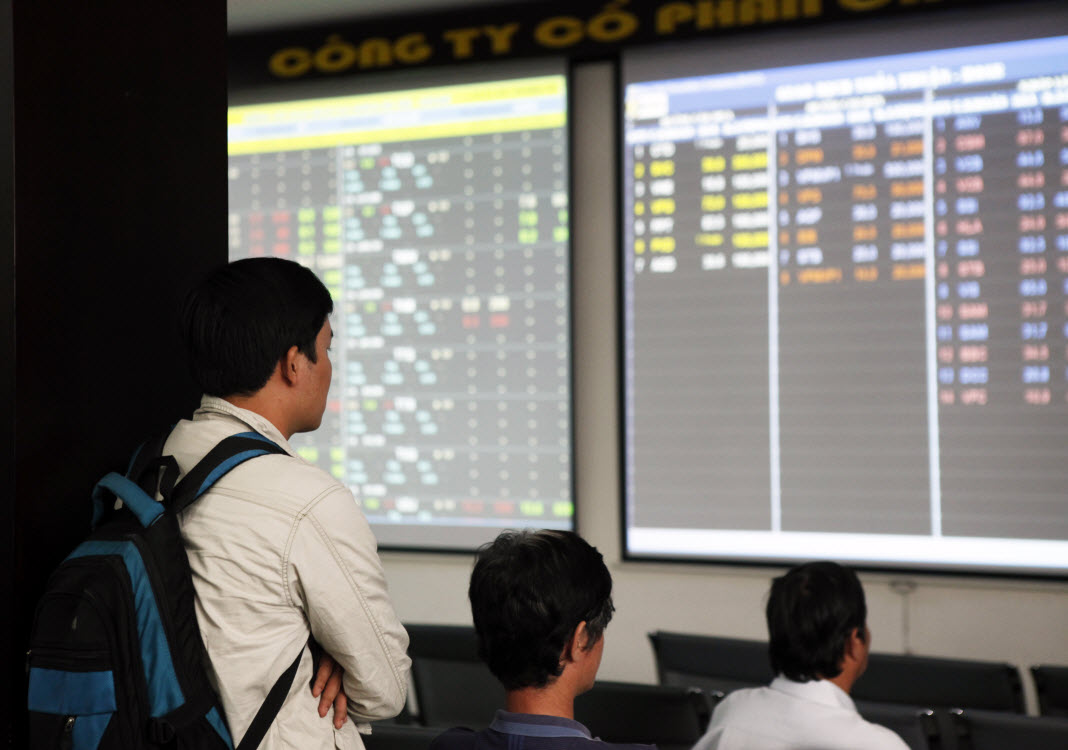Higher instability may cost Hong Kong the leading position as Asia’s financial center. It could be an opportunity for emerging financial markets. Vietnam, however, does not seem to be able to take the opportunity for now.
Vietnam boasts a host of advantages, including the geographical center of Asia, a stable business environment and high economic growth potentials, plus a destination for production shift from China in the coming time. At that time, activities related to economic shift are expected to prompt financial operations to follow suit.
Below are some evaluations of the real potentials for Vietnam to realize the above trend.
What does a financial hub need?
A financial center is a city or a hub for financial services. It is where big banks and firms providing diverse financial services are located. It is also home to the most hectic stock markets. Moreover, a financial center should make available information and commercial infrastructure serving a great volume of domestic and international transactions. When it comes to global financial centers, New York, London, Hong Kong and Tokyo would come to one’s mind.
A developed financial hub would attract investment capital inflows which then pour into both governments’ and enterprises’ projects and industries in need of capital. This movement allows enterprises to access abundant capital sources and helps cut capital costs. What’s more, the attraction of foreign investment also helps increase a nation’s foreign reserves. Last but not least, a dynamic financial center would become a magnet to global financial companies that arrive to set up their headquarters and connect domestic financial activities to the rest of the world.
Consequently, a dynamic financial center is sure to spur the development of the national financial system whereby economic growth can be driven. All developed nations have set up financial hubs which achieve sustainable growth helpful to not only those countries but also the entire respective region.
Whether a certain nation can transform itself into a financial hub is in reality much more difficult than many think it is. Indicators of economic growth or investment attraction are only several factors among a huge set of data to be scrutinized by international investors. According to the Global Financial Centers Index 25 (GFCI 25), the following criteria can be used to appraise the growth potential of a financial center: (1) business environment; (2) human resources; (3) infrastructure; (4) the development level of the financial sector; and (5) the credibility gained by the city where the financial center is. Each of the above criteria is formed by many sub-criteria which provide more accurate assessment of the possibility of forming a financial center in every financial market.
Given the above criteria, Hong Kong ranks first in Asia and third in the world behind New York and London. Hong Kong has been in the third place in the world’s ranking for long.
Also according to GFCI 25, Southeast Asia contributes only four slots in the global ranking. Of these, Singapore emerges as a big financial center, surpassing many counterparts in financial economies like Japan.
Vietnam has two national financial centers, Hanoi and HCMC; but none is included in the GFCI 25. The exclusion represents a remarkably big gap of the development level of Vietnam’s financial centers compared with regional and international standards.
The sustainable high and stable growth over the years together with benefits from the capital move have aroused expectations from both business communities and the Government that HCMC may soon become a regional financial center.
However, it should be noted that the path to the final destination remains distant if we are sober enough to analyze the GFCI 25 ranking as well as the key characteristics of Vietnam’s financial market.

Capital mobilization of the stock market
The scale of Vietnam’s financial center is way small versus bank loans. The capital source from the stock market, the bond market and bank credit are the tripod of the capital market. That the market of bank loans has remarkably outgrown the other two has rendered the country’s financial market ineffective. A comparison of Vietnam’s capital market with regional counterparts may show the absolute dominance of the banking system.
Whether a securities market proved effective is manifested not only by its capitalization value or the growth of this value over the years but also the growth of capital mobilized by enterprises via this channel over the same years. 2017 was a good year for both Vietnam’s securities market and the capital mobilized by firms from this market, reaching VND56 trillion, a record high. Meanwhile, the additional amount of debts owed by listed companies was a staggering VND550 trillion, 10 times larger the the sum they mobilized via the bond market!
Growth of the fund management market
The development of the asset management market is also a common yardstick to appraise the development level of a financial market. The enclosed charts show Vietnam has a least-developed asset management market in the region. In 2019, the total value of assets managed by funds was only 1.3% of the national GDP while the corresponding regional figures were already much higher.
The above analyses do not include all the key characteristics of a financial market which will become a financial center. It is also necessary to assess other factors, such as human resources, infrastructure, the legal framework, etc. All must be taken into consideration by international investors before they can reach a conclusion on where to have their financial transactions made. International investors may remain optimistic about Vietnam’s economy. Yet they may as well choose another location, say Singapore, to conduct financial activities for their business affairs in Vietnam.
To turn herself into a financial hub, Vietnam needs to both make efforts and prove her comparative advantages over other more developed markets already in place. Such an endeavor should start with making long-term investments, not with communication campaigns hinging on mere self-confidence or a few positive signs made by several international markets.
By Le Hoai An (CFA) & Nguyen Duy Khanh (BUH)









